Many significant inventions that were adopted by the whole world have come out of India. Hard to believe? Here are some of the coolest and finest creations that we can thank Indians for.
1. The invention of zero by Aryabhatta was revolutionary in mathematics.
Zero is undoubtedly one of the most important contributions to the history of mathematics. And, we have Aryabhatta to thank for that because he was the one who invented it. Indians were the first ones to use Zero as a symbol and in mathematical calculations such as addition and subtraction. And, just like that, Zero became an important part of the number system in India and around the world.
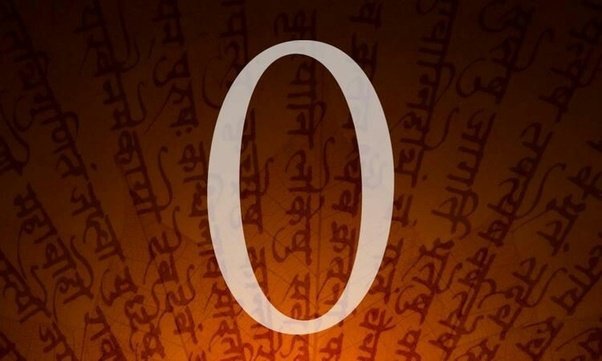
2. The USB was invented by an Indian-American computer architect named Ajay Bhatt.
Surprised? Well, Indian-American computer architect Ajay Bhatt made the first USB drive- a tiny storage device that is capable of holding large chunks of data storage and transfer. It’s easy to carry and hassle-free to use and it’s part of almost every household now.
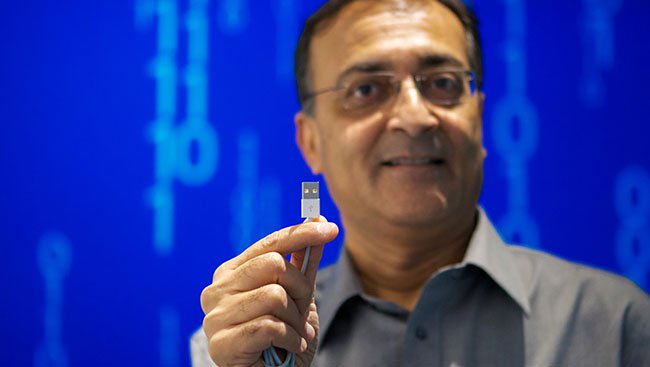
3. The origins of shampoo dates back to the Mughal Empire. It was used for a head massage.
Shampoo was invented in 1762 and it was widely used in the eastern parts of the Mughal Empire for a head massage. The shampoo comprised of natural oils and herbs. It was used on the scalp to heal and cleanse the tresses. In fact, the English word ‘shampoo’ is derived from the Hindi word ‘chāmpo’, which comes from the Sanskrit word ‘Chapayati’, meaning massage or knead.
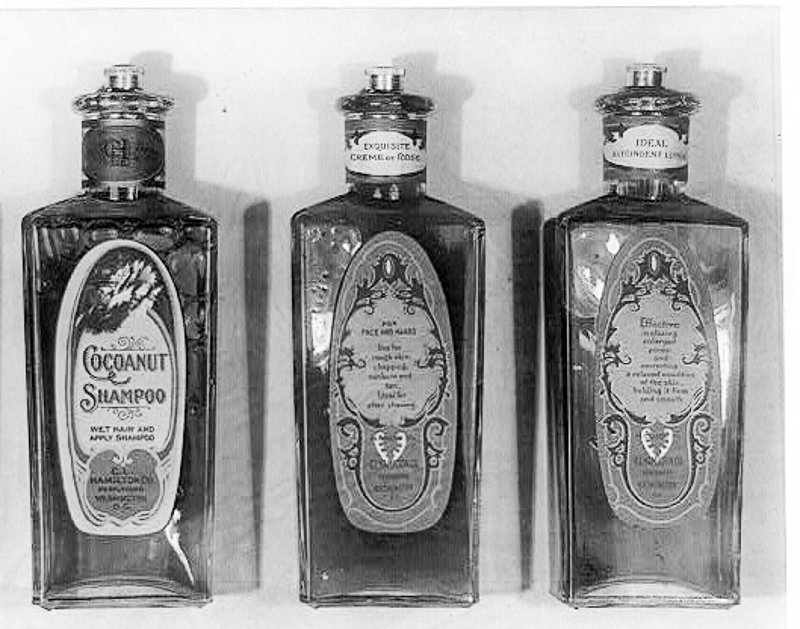
4. Chess and Snakes & Ladders were the first board games that were invented in India.
Before board games like Monopoly and Life became popular, India invented classic board games like Chess and Snakes and Ladders which are popular even today. Chess originated as ‘Ashtapada’ during the Gupta period around the 6th century AD. Snakes and Ladders, on the other hand, was invented by Gyandev, a 13th century poet and it was originally known as ‘Mokshapat’. How cool is that?
ADVERTISEMENT
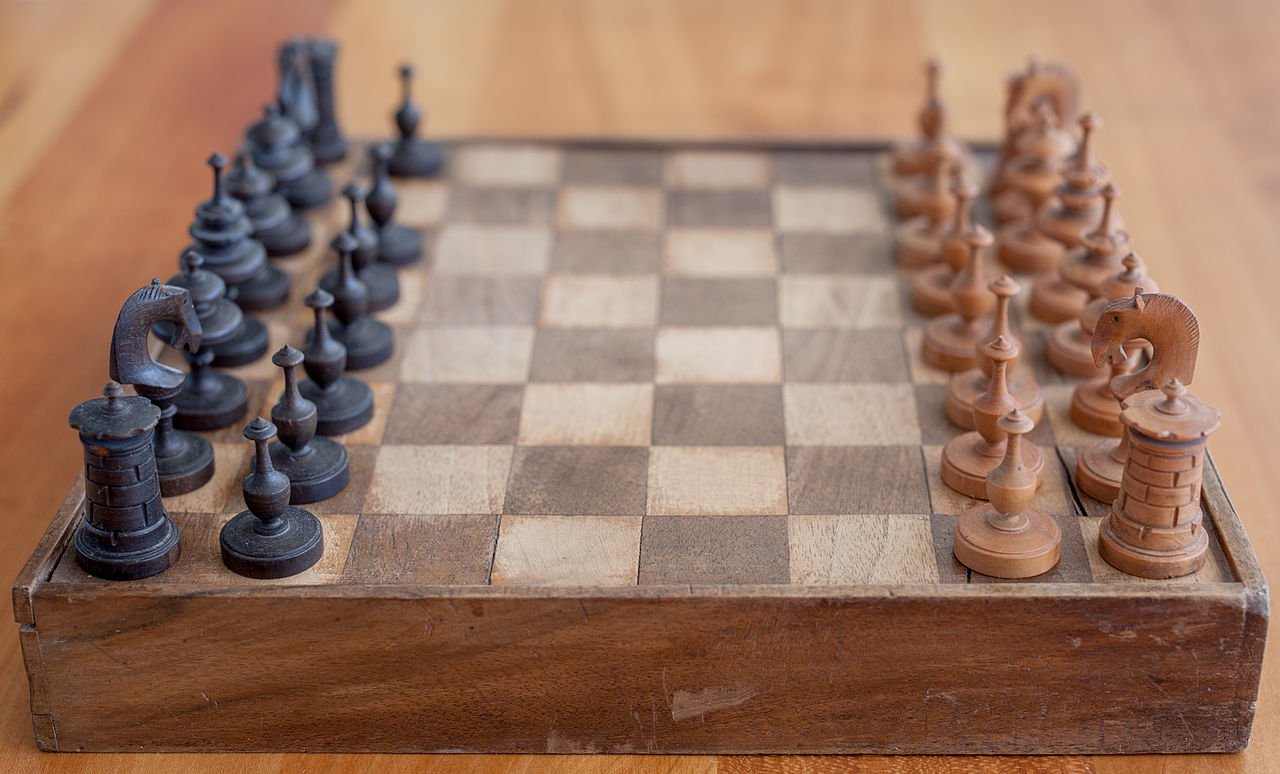
5. Yoga came into existence during 2700 BC and Lord Shiva was considered the first guru.
Yes, India introduced the world to yoga. The origins of yoga can be traced back to Lord Shiva, who is known as the first yoga guru. It is known to have spiritual, physical and mental benefits and it is suitable for all ages. This healthy way of living was considered to be as an ‘immortal cultural outcome’ of Indus Saraswati Valley civilization dating back to 2700 BC.

6. Buttons were invented during the Indus Civilisation. They were made out of ivory.
I am not making this up! The origin of buttons can be traced back to the Indus Civilisation in 2000 BCE. About 5,000 years ago, buttons were made out of seashells. They were formed into geometrical shapes and tiny holes were pierced into them. Earlier, buttons were used for ornamental purposes but people gradually started using it to fasten clothes.
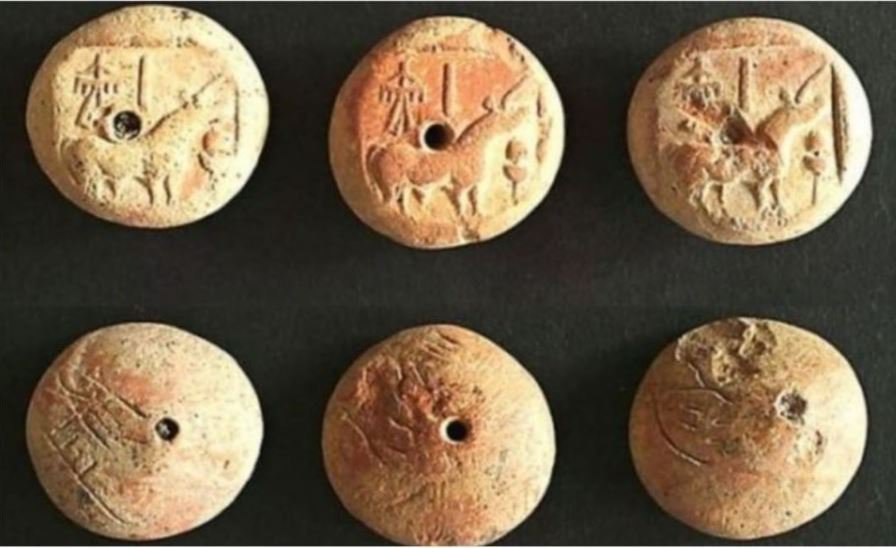
7. Cataract surgery was developed by Indian physician Sushruta in the 3rd century CE.
Cataract operation is yet another breakthrough in the field of medicine and we have Sushruta, an Indian physician to thank for that. He developed this surgery in the 3rd century CE. He used to perform this surgery using a curved needle (called Jabamukhi Salaka) that loosened the lens and then pushed the cataract into the back of the eye. He would then use warm butter to soak the eyes and then place bandages on them until they were healed.
ADVERTISEMENT
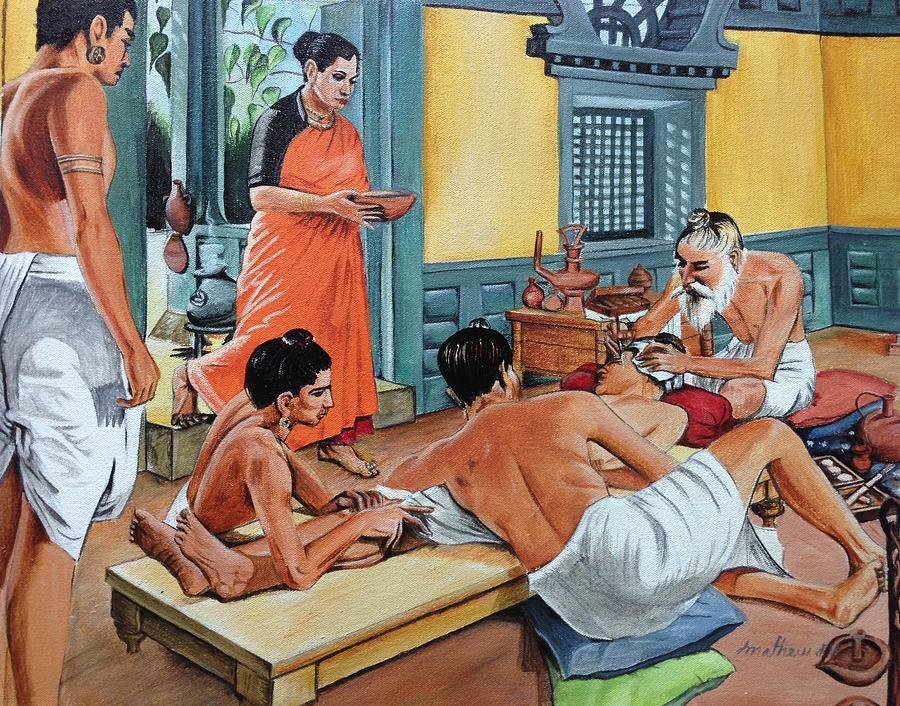
8. Sir Jagadish Chandra Bose invented the first radio wave receiever in 1895.
Though historians credit Guglielmo Marconi for inventing the wireless radio communication, it was Sir Jagadish Chandra Bose who first invented the radio wave receiver way back in 1895 and Marconi used that to create the first radio. Bose demonstrated the use of the technology two years before Marconi did. Today, information can be transmitted without the need of wires and cables from one end of the world to another in just a matter of a few seconds, all thanks to Sir Jagadish Chandra Bose.
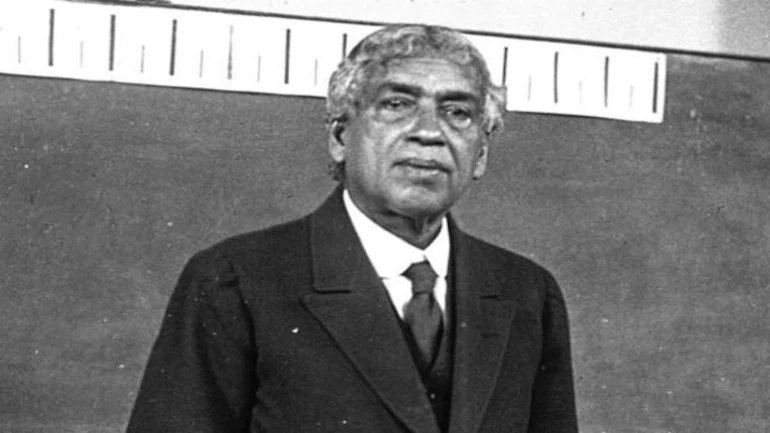
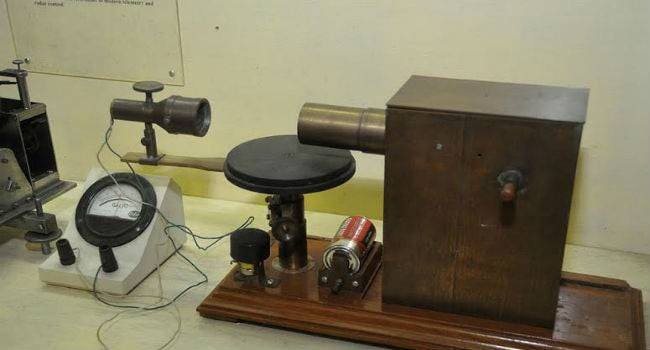
9. Rhinoplasty was first performed in India by Sushruta in 600 BC.
The first nasal reconstruction was first carried out by Indian physician Sushruta who used a paramedian forehead flap to conduct the surgery. He also composed a long and comprehensive Sanskrit text called the Sushruta Samhita, which briefly talks about different types of surgical procedures.
ADVERTISEMENT
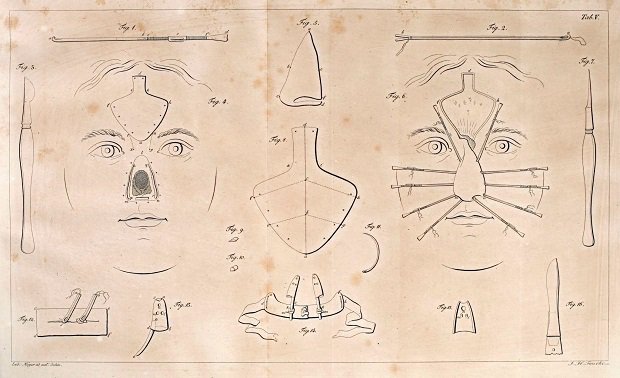
10. Natural Fibres were invented during the Indus Valley Civilisation.
Natural fibres such as jute, cotton and wool have been used in India for over centuries to make products like woolen shawls and other items. During the Indus Valley Civilisation, around the 5th millennium–4th millennium BCE inhabitants grew cotton and converted it into threads which were later used in fabrics.

11. The scale or ruler was first invented during 1500 BCE in the Indus Valley Civilisation.
Believe it or not, the ruler or the Mohenjo-Daro ruler was first invented during 1500 BCE in the Indus Valley Civilisation. It was made out of ivory and it was divided into numerous units correlating to 33.5 mm.
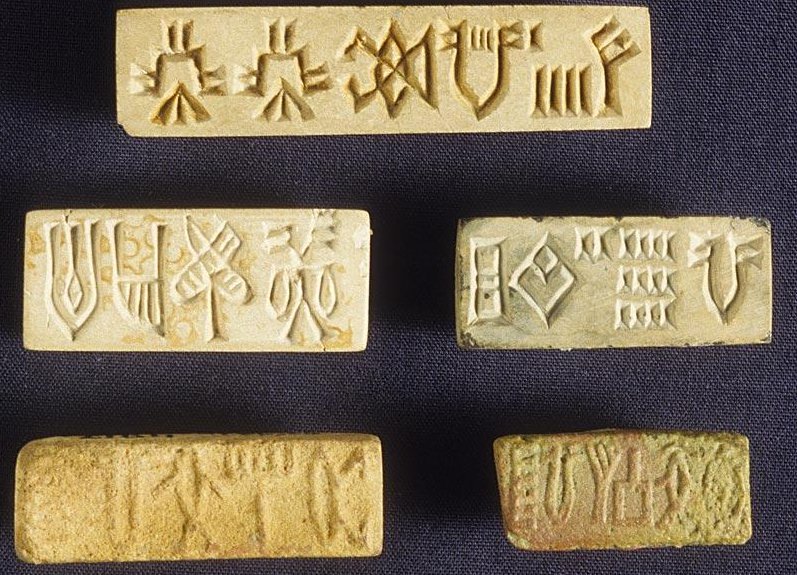
12. The weighing scale was invented during 2400 BC-1800 BC in the Indus Valley Civilisation.
Yet another invention that dates back to the Indus Valley Civilisation is the weighing scale. It was used during 2400 BC-1800 BC to measure and compare goods in trade.
ADVERTISEMENT
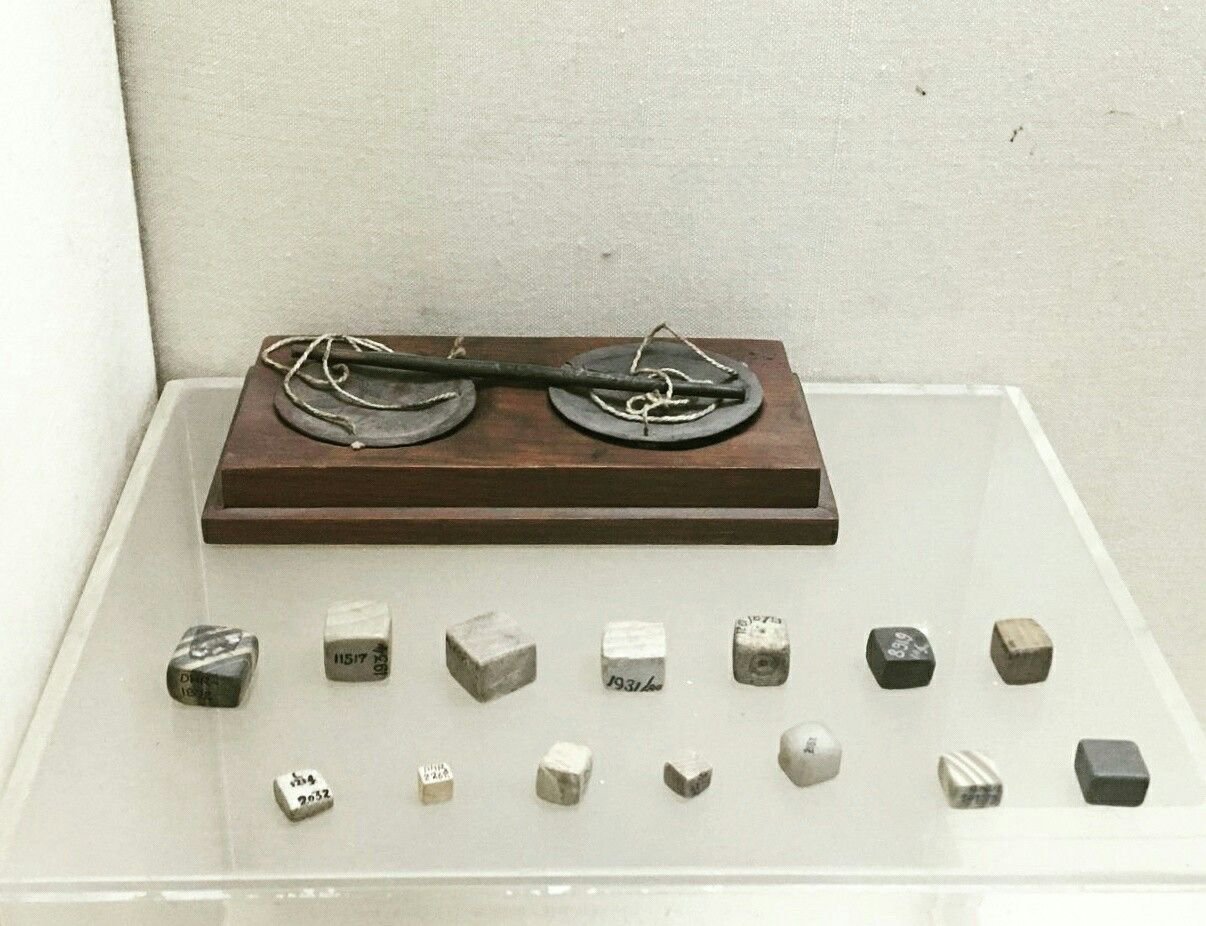
13. Fibre Optics was developed by Indian-American physicist, Dr Narinder Singh Kapany.
Indian-American physicist, Dr Narinder Singh Kapany is known for his work on fibre optics and he’s also considered the ‘father of fibre optics’. In fact, he also coined the term itself. Kapany introduced the term in a 1960 article in Scientific American, wrote the first book about the new field, and played a prominent role in advancing the field both as a researcher and as the founder of several optical technology companies.
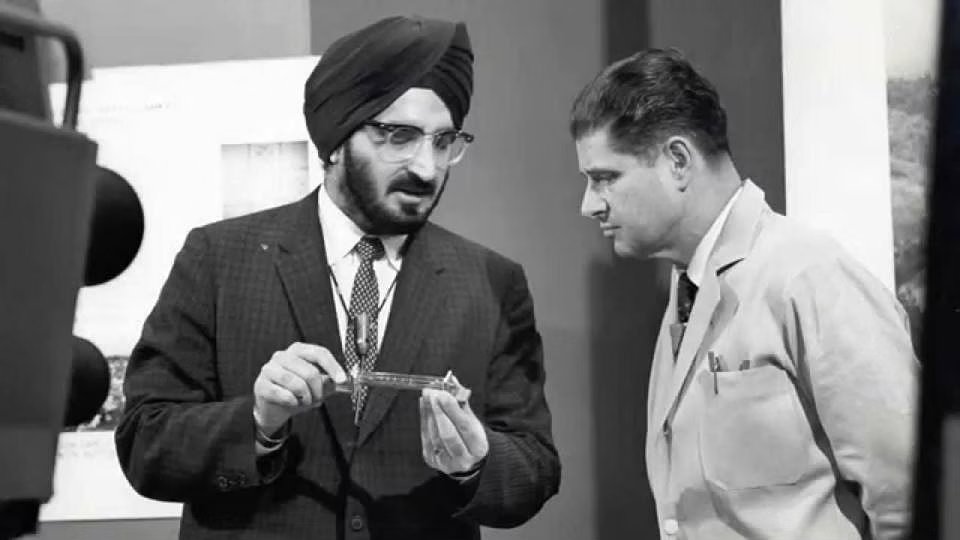
14. Plastic surgery was first performed in India by Sushruta.
This might come as a surprise but, reconstructive surgeries and cosmetic surgeries were carried out during 800 BC in India. And, Sushruta, the physician who found a cure for lithiasis also made important contributions to the field of plastic surgery. He is also known as the “Father of Plastic Surgery”.
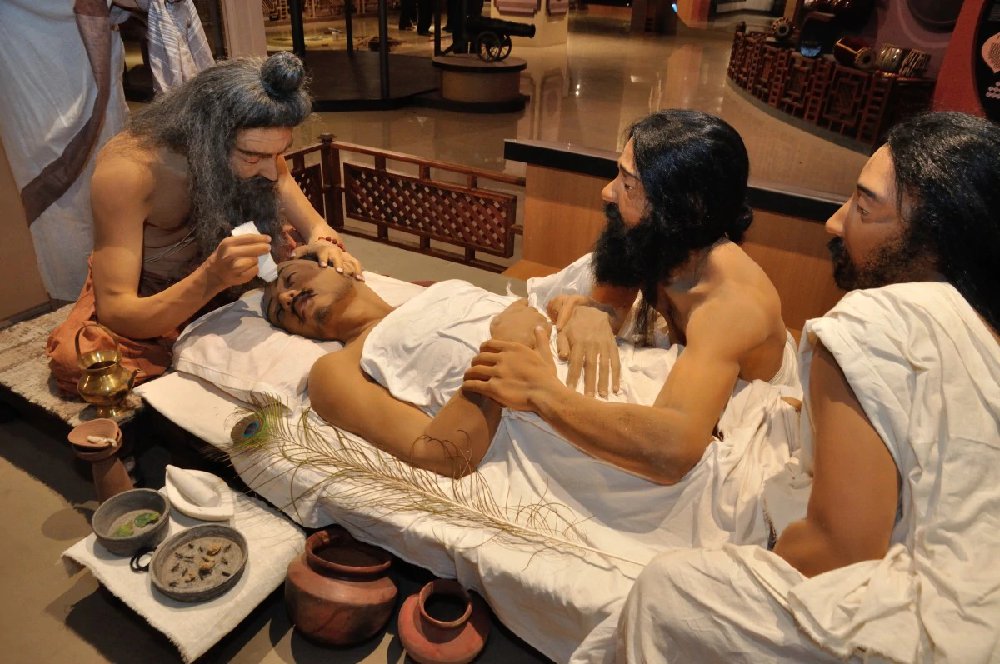
15. Flush/Squat Toilets were introduced in India way back in 3rd millennium BC.
They were found in several houses of the Mohenjodaro and Harappa Civilisation. And, they were basically toilet platforms built above the drains in the proximity of wells.
ADVERTISEMENT
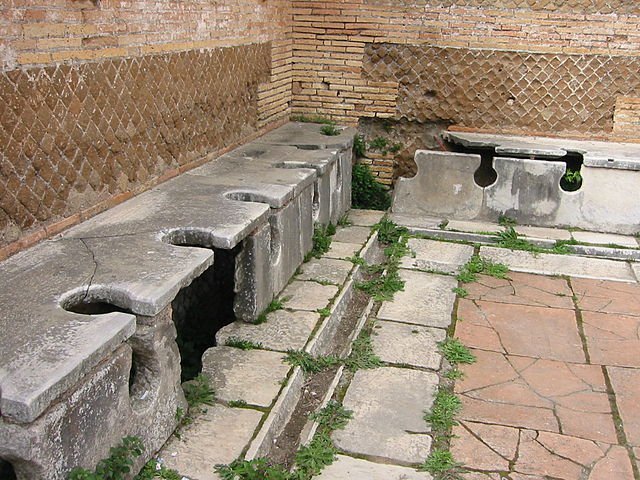
Very impressive! What do you think?

















